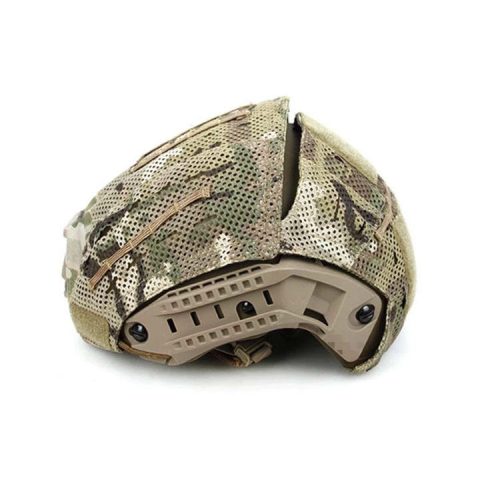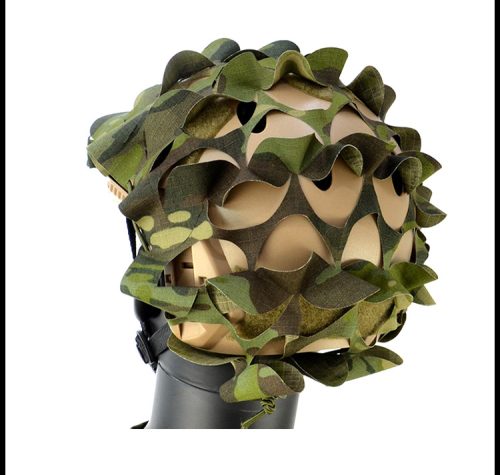When choosing a helmet for any activity that requires head protection, such as cycling, skating, motorcycling, or participating in sports like football, it’s essential to consider safety standards and what to look for in a helmet. Safety standards ensure that helmets meet certain criteria for protection. Here are some key factors to keep in mind when selecting a helmet and understanding safety standards:
- Certification: Look for helmets that are certified by recognized safety standards organizations. Depending on the activity, different certifications may apply. For example, bicycle helmets should generally meet standards such as CPSC (Consumer Product Safety Commission) in the United States, EN 1078 in Europe, or Snell for additional safety.
- Fit: A properly fitting helmet is crucial for safety. Make sure the helmet sits snugly on your head without being too tight or too loose. Follow the manufacturer’s guidelines for sizing and fitting.
- Impact Protection: Helmets should provide adequate impact protection. Look for features such as a hard outer shell to disperse impact forces and an inner liner (usually made of EPS foam) to absorb energy. Many helmets have technology that can help reduce the risk of concussions and traumatic brain injuries.
- Ventilation: Proper ventilation is important for comfort, especially in activities that may involve a lot of physical exertion. Look for helmets with well-designed ventilation systems that keep you cool while providing protection.
- Retention System: A secure retention system, such as a chin strap or buckle, is essential to keep the helmet in place during impact. Make sure it’s easy to adjust and stays securely fastened.
- Visibility: Helmets designed for cycling or certain sports may have additional features like built-in visors, reflective elements, or bright colors for better visibility to others.
- Weight and Comfort: Choose a helmet that is comfortable to wear for extended periods, as this will encourage you to keep it on. Lighter helmets are often more comfortable, but they should not compromise safety.
- Replacement Schedule: Helmets have a limited lifespan due to wear and tear and potential damage from impacts. Be prepared to replace your helmet if it’s been involved in a significant collision or if it’s showing signs of wear and tear.
- Activity-Specific Helmets: Different activities may require helmets designed for specific purposes. For instance, a bicycle helmet may not be suitable for motorcycling, as the latter often requires a more robust and protective helmet.
- Regulations and Requirements: Be aware of any local, state, or national regulations or requirements that pertain to helmet use for specific activities. Ensure that the helmet you choose complies with these regulations.
By considering these factors and looking for helmets that meet the relevant safety standards, you can make an informed choice to ensure your safety while participating in various activities. Remember that safety should always be a top priority when selecting and using a helmet.


